- Availability: Out Of Stock
- Made & Mkt by: Saath
- Product Code: 2011-DC24-Mustard With Mirror B005W/004-17
- Weight: 600.00g
- Dimensions: 30.00cm x 25.00cm x 25.00cm
Woolen Shawl With Mirror Work, Unleash your inner adventurer with these exquisite shawls, lovingly handwoven in raw wool. With deep cultural significance in Kutch, these woolen delights promise to add a touch of vibrance to your festive gatherings.( Size - 216 x 95 cms.)
The typical dispatch time is 2-3 days; however, in special cases, it may take longer. Please refer to the product details section for specific timelines. Once dispatched, we will share the tracking details with you.
For returns, you can file a request within 24 hours of receiving the product. If the package is damaged, please make a video while unboxing and share images of the damaged item along with your return request.
9328006304 ( WhatsApp )

Rabari Embroidery Location: Hodka, Bhujodi village, Kutchh – Gujarat, India Gujarat is famous all over the world for its embroideries and mirrorwork. (ref. Kutch Embroidery, posted on 04 Feb 2010) There are about 16 different types of embroideries done in the Kutch region, but the most well known one, with its chain stitches and countless mirrors, is the Rabari embroidery. It gets its name from the Rabari community, who are a nomadic / semi-nomadic community of cattle raisers living in the western region of India, from Rajasthan to the Kutch region in Gujarat. They migrated into this region from Sindh (now in Pakistan) about400 years ago and many of their relatives still live there. They have wonderful stories about their origin, ranging from a connection with Shiva to Rajputs going outside their territories.Rabari, or “Rahabari” means one who lives outside or “goes out of the path”. Among the Rabaris, the communities are further sub-divided into the Garasia, Kachela, Dhebaria and Wagadia of Kutch. Many of the Rabaris live in circular huts, known as“Bhunga”. These have proven to be much resistant to earthquakes in the tremors that hit Kutch in 2001. Although a cattle rearing community, they also engage in embroidery. The men work with leather while the women embroider garments and accessories.

As the type of embroidery on the garment clearly distinguishes the person’s identity, the different communities of Rabaris can be identified from the type and placement of embroidery on their odhanis (veils for head and shoulders). For examples, the Wagadia Rabaris wear odhanis with embroidered borders while the Kachela Rabaris have designs in the centre of the odhanis. Rabari weddings are a colourful affair as any Indian wedding, but one of its aspects requires years of preparation. It is the preparation of dowry. The girl prepares her own dowry and only after it is ready she can go to her husband’s home. It may even take two or three years to prepare the trousseau which includes the girl’s clothes, bags, bedcovers and even the decorative camel cover. All of these are embroidered by the girl, and in this way, she also learns the skills which have passed on through generations. The men also wear embroidered clothes, the white pleated and embroidered kediyu being the most well known garment.

Rabari embroidery is characterized by chain stitches and a generous use of mirrors. The women depict the world around them, without the help of sketches or patterns. The only material used is a simple needle and thread, which they purchase from Bhuj, the nearby town. The stark landscape of Kutchh with its thorny babool and keekar bushes is given a new dimension with colours, by the vivid imagination of Rabari women, through chainstitches decorating the surface of cloth. Other Rabari Embroidery villages: Dhebar Rabari~ Makhiyan, Padhdhar, Bhardoi, Mamuara, Nadapa, Raydhanpar, Varnora and Dudhai Kachchhi Rabari~ Madhapar, Gada, Bhujodi, Sanosara, Kodki, Makhana, Bharapar, Beru, Chakar, Devpar Gadhwali, Fotdi, Momaymora, Morjar, Meghpar, Kotda, Mankuva, Nathtarkui, Nakhatrana Nana, Tunda Vandh, Vadva Kanya and Bhojrajwari Vandh

Hodka Village, Bhuj (Kachh)
| Craftsmen | |
| Made by | Artisans working with Saath. |
| Village | Kutch, Gujarat |
| Returns and Exchange | |
| Note | The products in this category are non refundable. Refund is only applicable in case of defect or damage. |
| Material | |
| Made of | Wool |
| Instruction | |
| About Sizes | 204 x 96 cm. |
| Note | ▶ The product is made of raw wool, purely handwoven from kutch so expect the texture to be little coarse. ▶ The products in this category is handmade. These might slightly differ from as seen on digital screen. |
| Care | As the fabric is naturally dyed, though artisans pre-process and wash fabrics before the production, still care should be taken during first 3 washes, as some of the natural dye material may wash off during initial washes. The natural dyed fabrics should be hand-washed or mild machine washed separately in cold water with mild detergents. These fabrics should not be bleached or scrubbed and should be reverse dried in shade. The fabrics should be ironed on reverse to preserve its charm. |










.jpg)
.jpg)
.jpg)
.jpg)
.jpg)
.jpg)
.jpg)
-80x80.jpg)
-80x80.jpg)
-80x80.jpg)
-80x80.jpg)
-80x80.jpg)
-80x80.jpg)
-80x80.jpg)

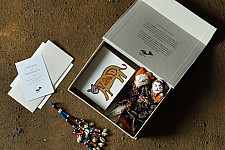
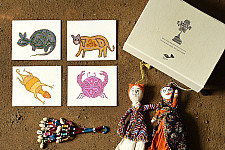
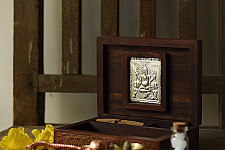
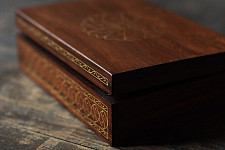
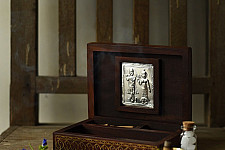
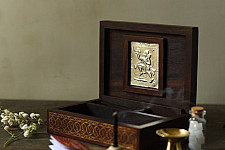
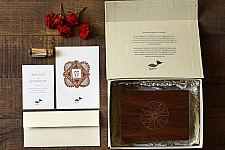
-225x150w.jpg)
-225x150w.jpg)
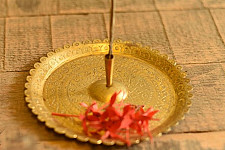
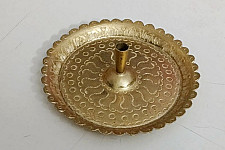
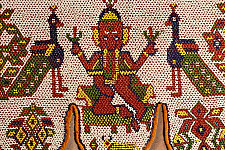
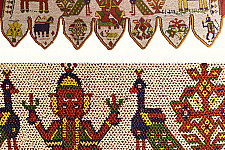
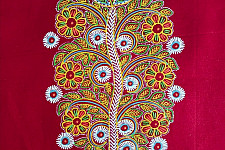
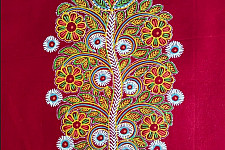
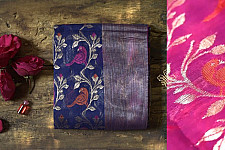
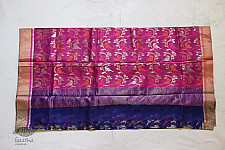
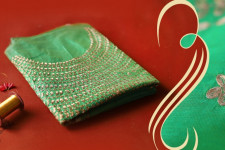
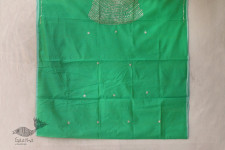
-225x150w.jpg)
-225x150w.jpg)
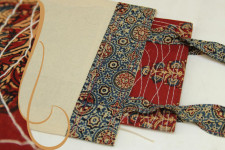
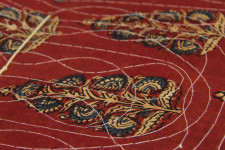
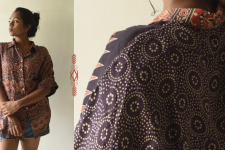
-225x150w.jpg)
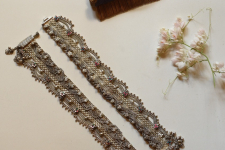
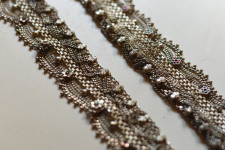









-225x150w.jpg)

-225x150w.jpg)

-225x150w.jpg)
-234x234.jpg)
-234x234.jpg)